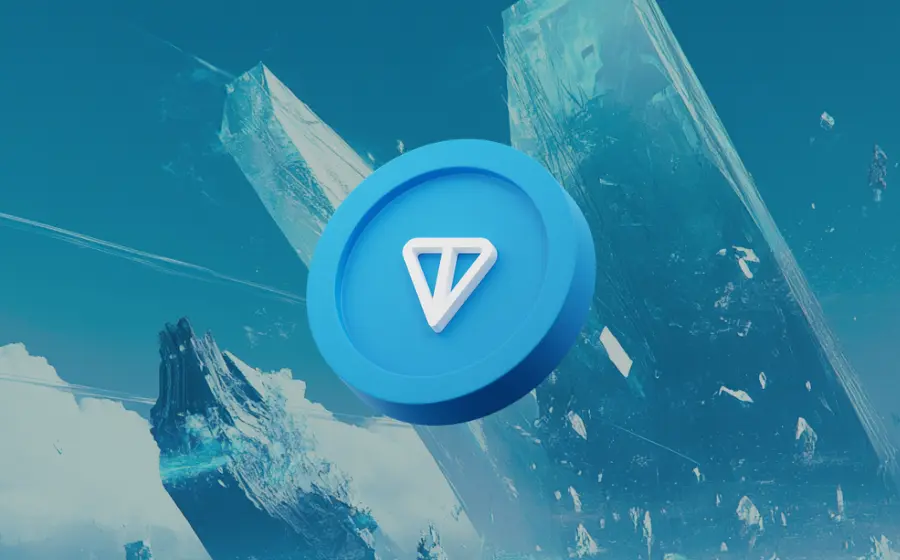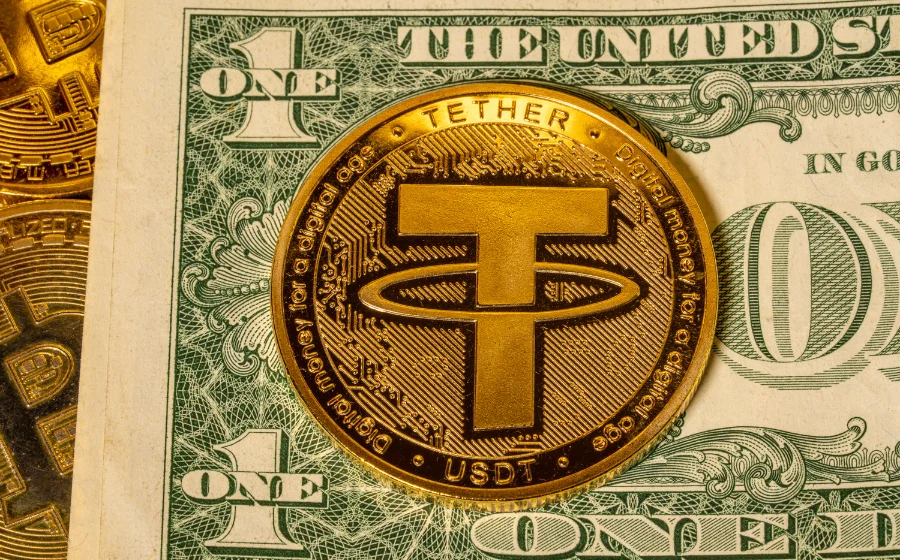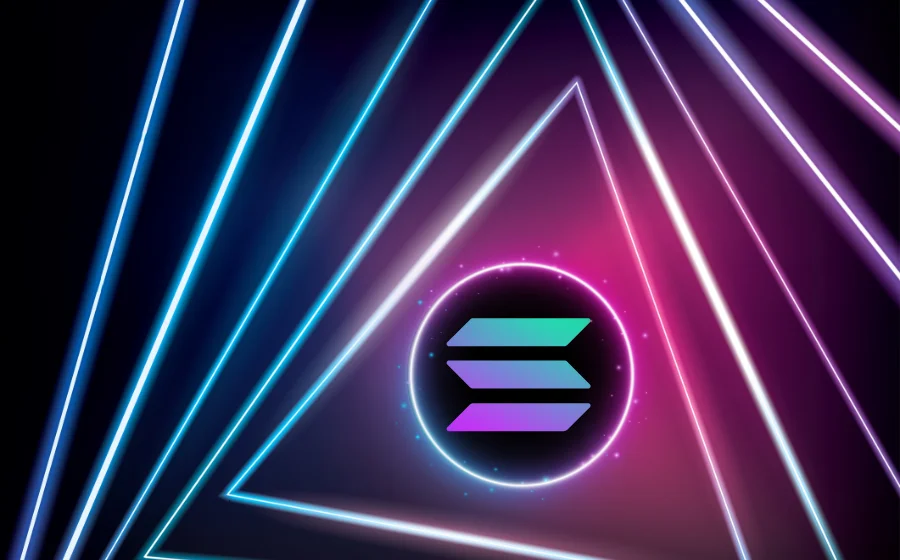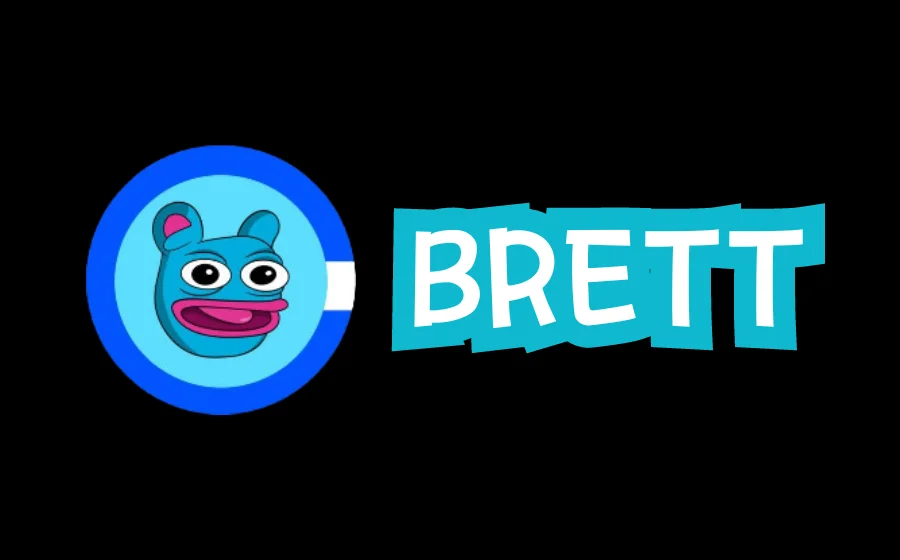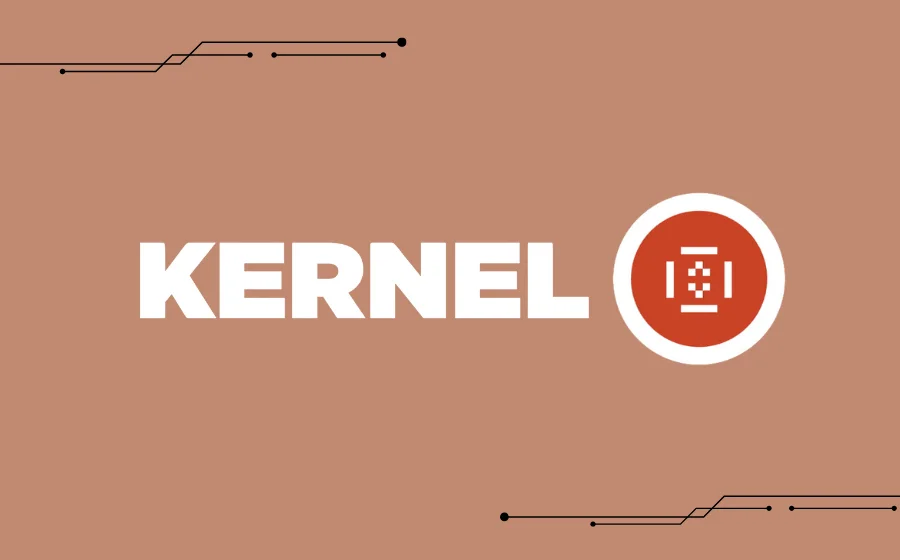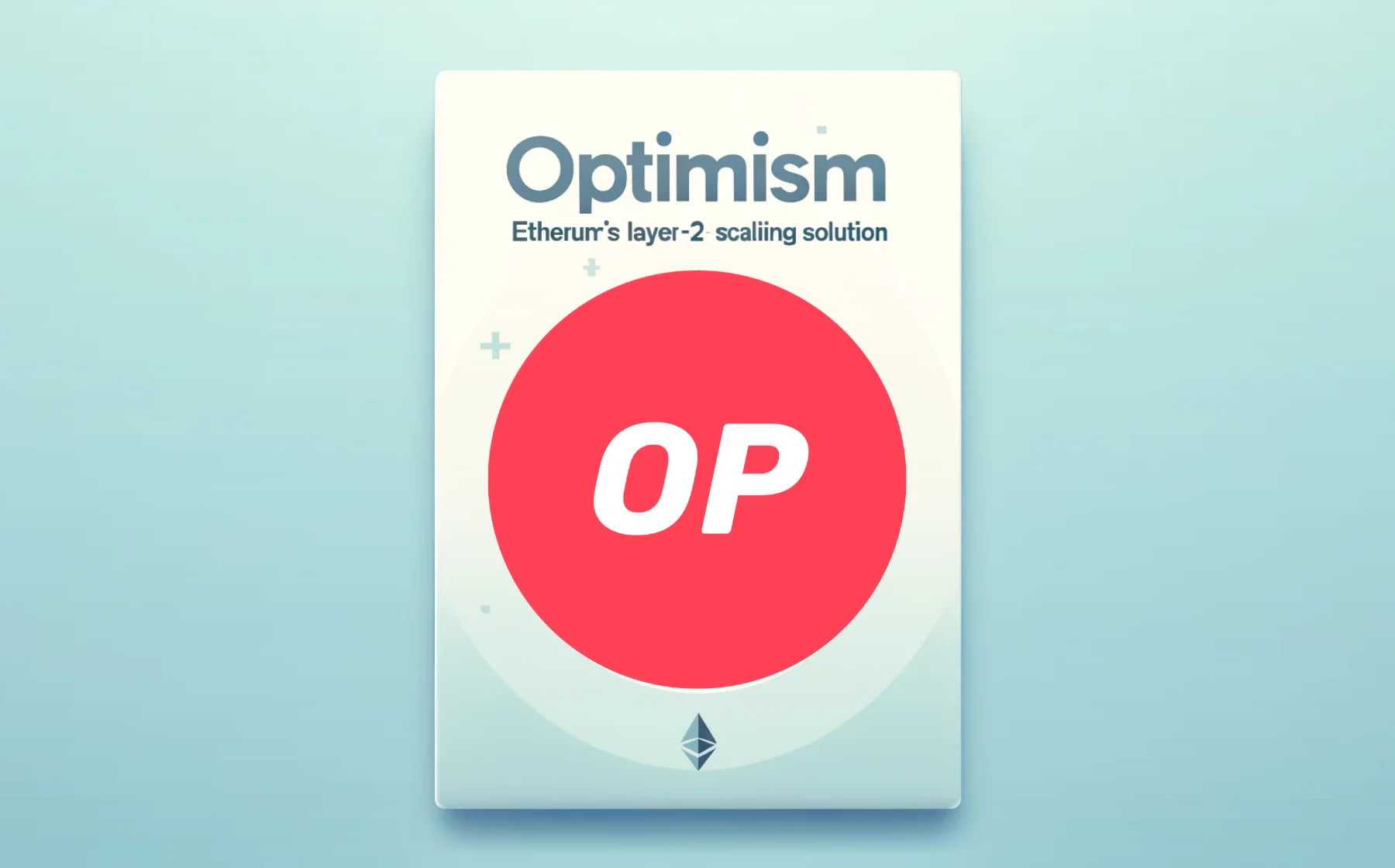
KEYTAKEAWAYS
- Optimism uses an optimistic rollup to process transactions off-chain, lowering costs and increasing Ethereum's throughput.
- The OP token is central to governance, fee payments, and incentives within the Optimism ecosystem, enhancing community engagement.
- The OP Stack modularizes blockchain functions into consensus, execution, and settlement layers, simplifying blockchain construction and interoperability.

CONTENT
Optimism is Ethereum’s Layer-2 scaling solution, reducing transaction costs and increasing throughput while maintaining security and compatibility with the mainnet.
Optimism is a layer-2 scaling solution for Ethereum, designed to alleviate the load on the Ethereum network by functioning as an Optimism Rollup chain equivalent to the Ethereum Virtual Machine (EVM).
Optimism’s key feature is making transactions on Ethereum applications significantly cheaper by offloading transactions to another blockchain, thus greatly reducing miner fees and increasing throughput. Additionally, it offers Ethereum developers the opportunity to utilize all available tools on Ethereum without modifications.
- Higher Throughput: Optimism can process thousands of transactions per second, far surpassing Ethereum’s main chain, which handles about 15 transactions per second.
- Lower Costs: Transaction costs on Optimism are significantly lower than on the Ethereum main chain.
- How Optimism (OP) Works – The Rollup Mechanism
Optimism employs an optimistic rollup. A rollup is a layer-2 scaling technology that stores the hash of contract states along with transaction calls and parameters on-chain as call data, while actual transaction computation happens off-chain. Rollups execute transaction operations on the Ethereum blockchain but publish transaction data on layer-1. Since transaction information is recorded on the Ethereum blockchain, rollups benefit from the same security measures available to layer-1. They achieve high performance by grouping off-chain transactions into on-chain state transitions. The security of rollups is ensured by the on-chain contracts’ ability to verify the accuracy of state transitions.
Optimistic Rollup is the most popular rollup method, with ZK-Rollup being another prominent solution. To ensure deterministic smart contract execution between L1 and L2, Optimism uses the Optimistic Virtual Machine (OVM) to resolve any discrepancies. The OVM is an EVM-compatible execution environment used on layer-2, creating a smart contract called the execution manager that acts as a virtual container for OVM contracts, maintaining consistent functionality between L1 and L2.
When a transaction is submitted, its data is written to the Ethereum mainnet, but the transaction itself is executed by a single computer called a sequencer (as opposed to thousands of computers on Ethereum). This significantly reduces transaction costs, and a challenge mechanism ensures the sequencer’s honesty.
- OP Token: Governance and Utility
The OP token is the native governance token of the Optimism platform and the first rollup token. It serves multiple utilities within the Optimism ecosystem:
- Governance: OP token holders have voting rights on proposals related to software upgrades, protocol parameters, and the allocation of the Optimism Governance Fund. This allows community members to directly influence the development and direction of the Optimism network.
- Fee Payment: OP tokens can be used to pay for transaction fees on the Optimism network, providing an alternative to ETH gas payments. This utility incentivizes the use of OP tokens and contributes to the decentralized network governance.
- Ecosystem Incentives: OP tokens are distributed as rewards to encourage participation in various aspects of the Optimism ecosystem, such as contributing to open-source development, participating in governance, and providing liquidity.
- Community Engagement: OP tokens act as a unifying element for the Optimism community, fostering engagement and collaboration among token holders, developers, and users.
As Optimism continues to evolve, the OP token is expected to play an increasingly important role in shaping the network’s direction and ensuring its long-term success. Its diverse utility and governance functions make it a valuable asset for users and developers within the Optimism ecosystem.
>>> More to read: What Is Ethereum?
OP STACK FUNCTION
Today, most blockchains are pursuing their own modular strategies. Modularizing a blockchain involves separating tasks such as executing transactions, accounting, and synchronizing ledgers, and assigning these tasks to different entities. This avoids the need for a single entity to complete everything from start to finish, which is both exhausting and slow.
In simple terms, the benefit of modularity is that it allows for the replacement of different “components” based on the project’s needs, enhancing the blockchain’s composability.
The OP Stack is a crucial step in OP‘s modular blockchain strategy and an important move in the journey from theory to practice.
OP divides the blockchain into three layers based on functionality: the consensus layer, the execution layer, and the settlement layer. The OP Stack decouples these different functional layers and combines all layers in the form of an API software stack, greatly simplifying the process of constructing a modular blockchain.
- Execution Layer: As the name suggests, the execution layer is responsible for executing transactions. For instance, if A transfers 2 ETH to B, the execution layer deducts 2 ETH from A’s balance and adds 2 ETH to B’s balance. Optimism, as an Ethereum rollup, aims to execute transactions on behalf of Ethereum and only returns the results. Ethereum optimistically trusts the results returned by OP, while maintaining a challenge period to prevent malicious actions.
- Settlement Layer: The settlement layer verifies transactions. If the transactions are verified correctly, it stamps approval and generates a state root.
- Consensus Layer: The consensus layer ensures that everyone’s ledgers are synchronized and consistent, acting as the public accounting ledger of the blockchain. It includes the concept of data availability (DA layer), which stores the data necessary for tracing and verifying the computation processes. The DA layer ensures you can find this data, maintaining data availability.
In summary, the OP Stack is a comprehensive modular blockchain architecture that separates different blockchain functions into distinct layers, making the blockchain more adaptable and efficient.
FAQ
- What is Optimism?
Optimism is a Layer 2 scaling solution designed to alleviate Ethereum’s congestion while retaining the security and compatibility of the Ethereum mainnet.
- What is the OP?
The OP token is the native governance token for Ethereum’s Optimism Layer 2 solution. It plays a vital role in the direction and operation of the Optimism ecosystem.
▶ Buy Crypto at Bitget
ꚰ CoinRank x Bitget – Sign up & Trade to get $20!

